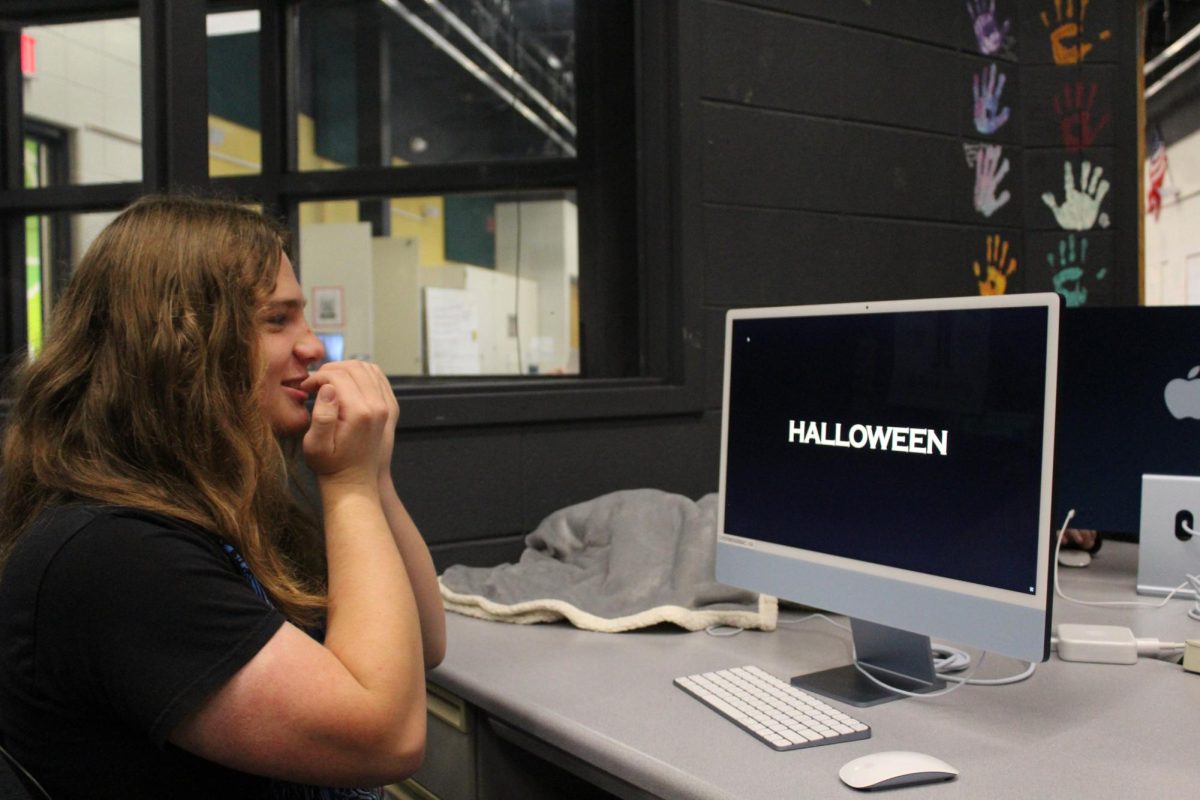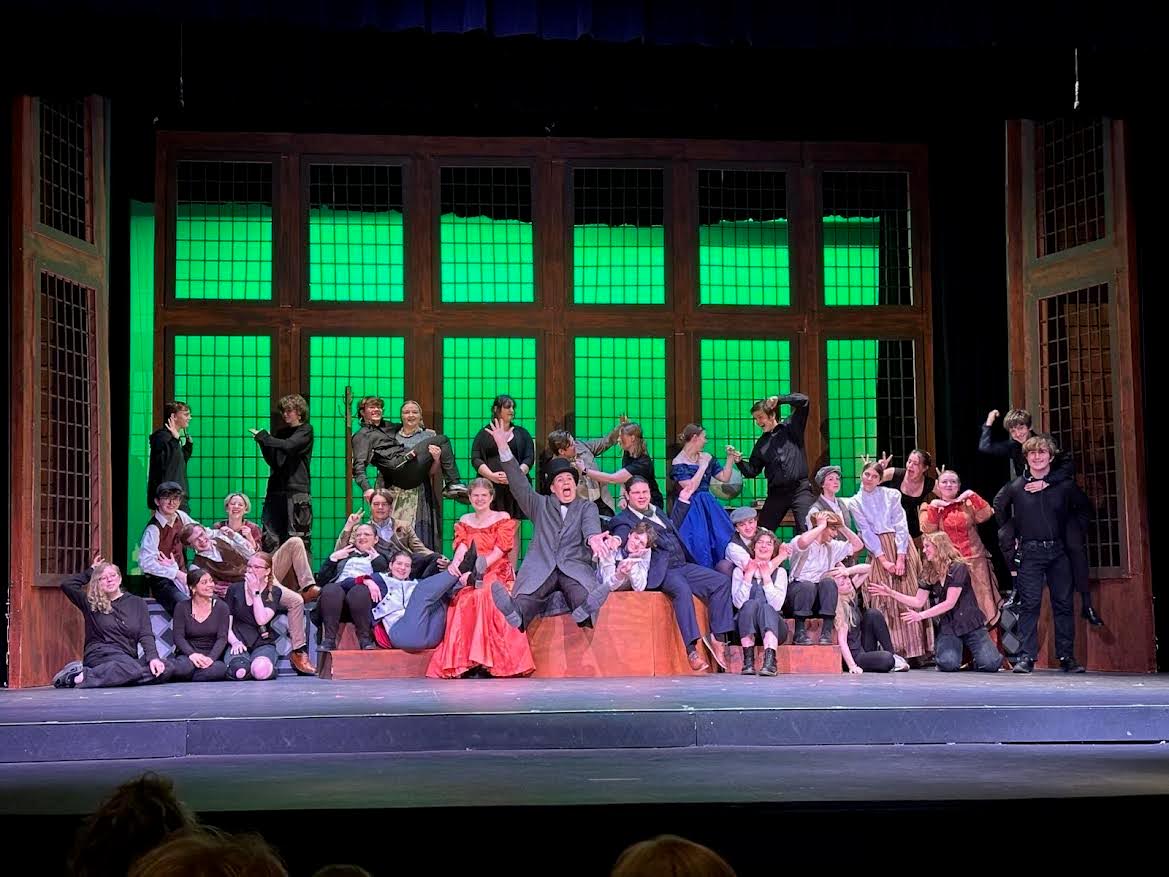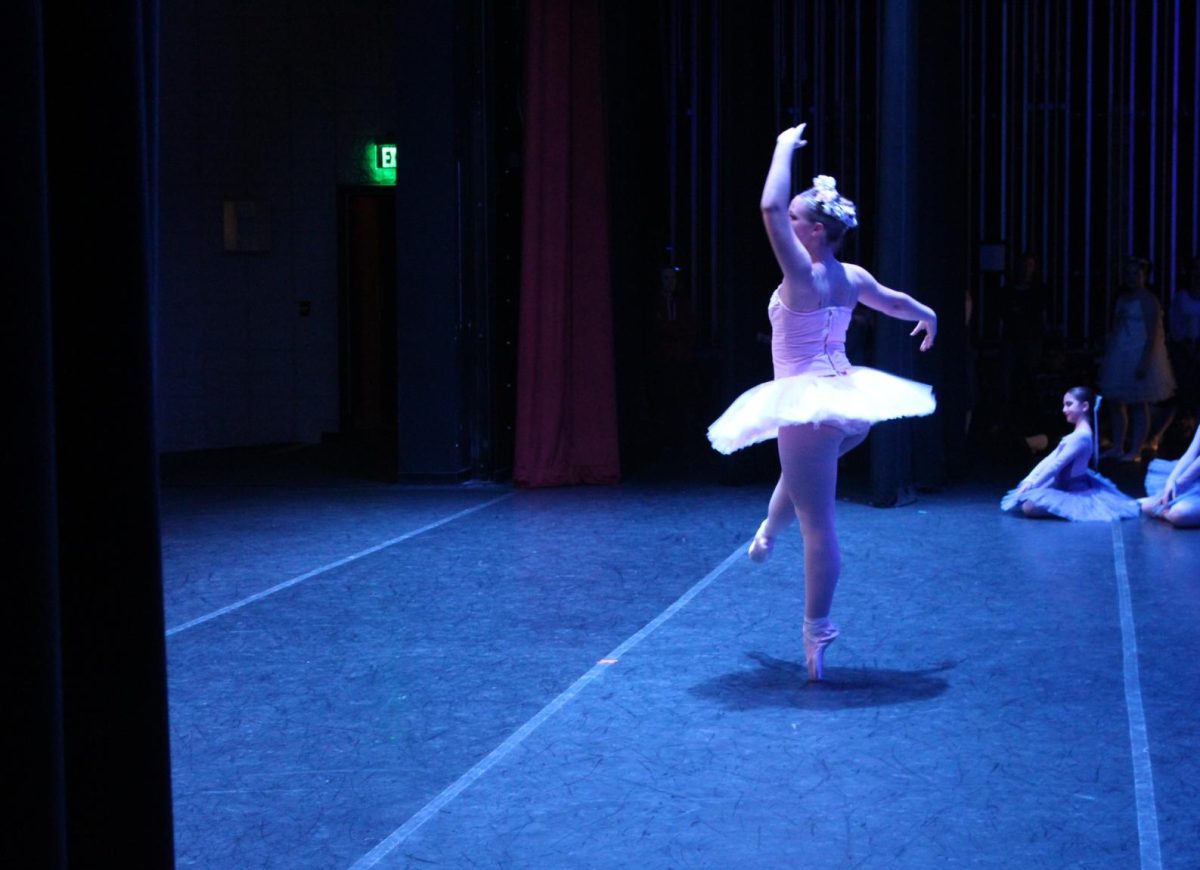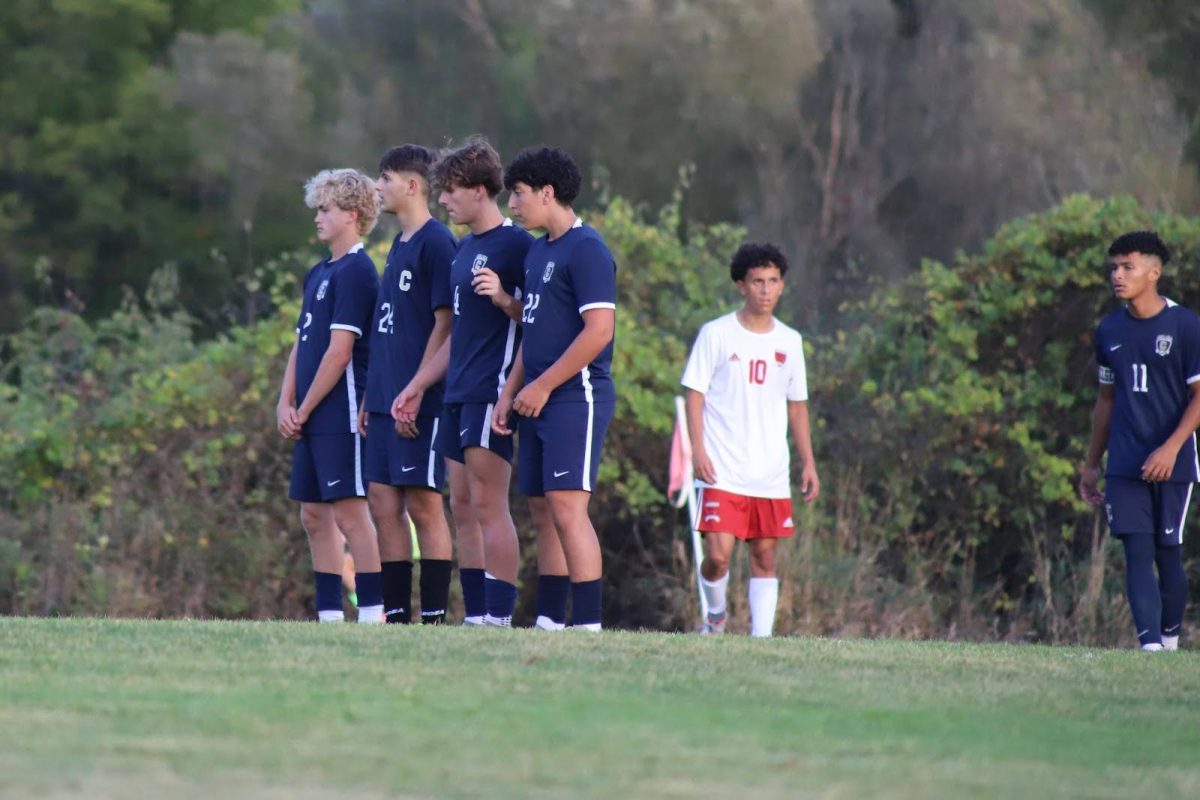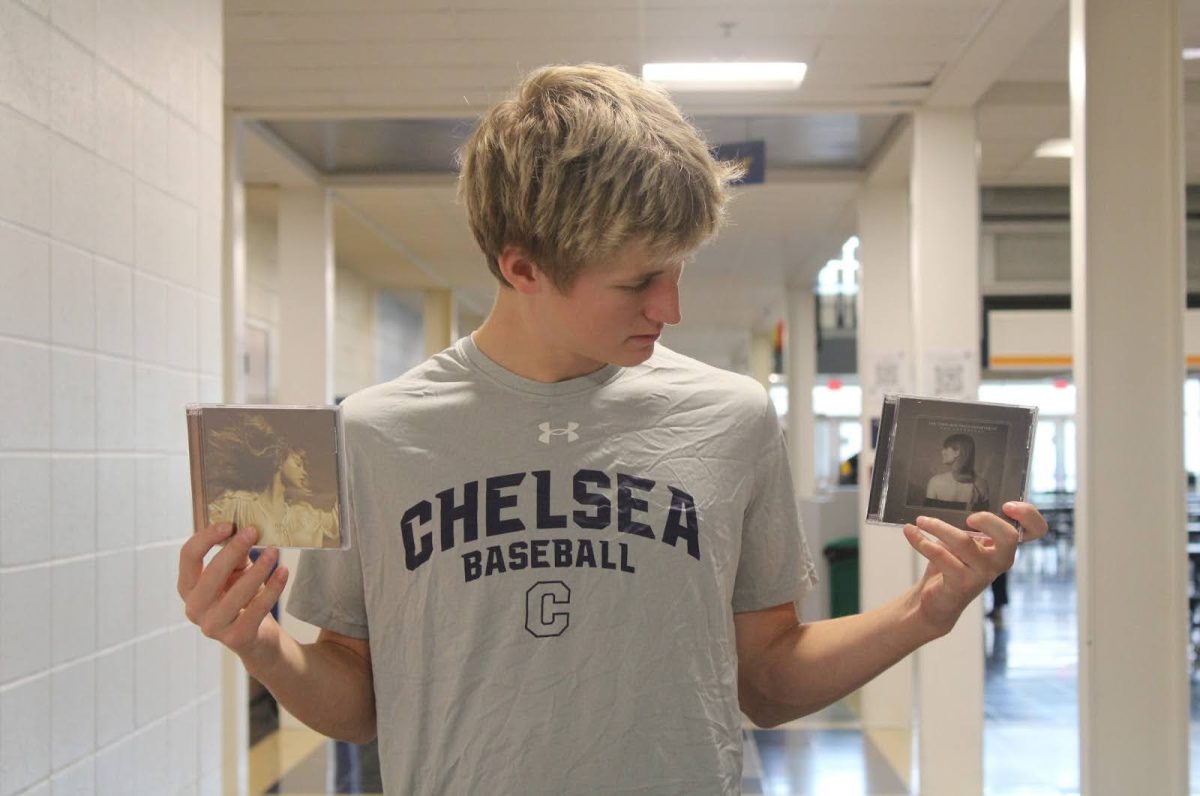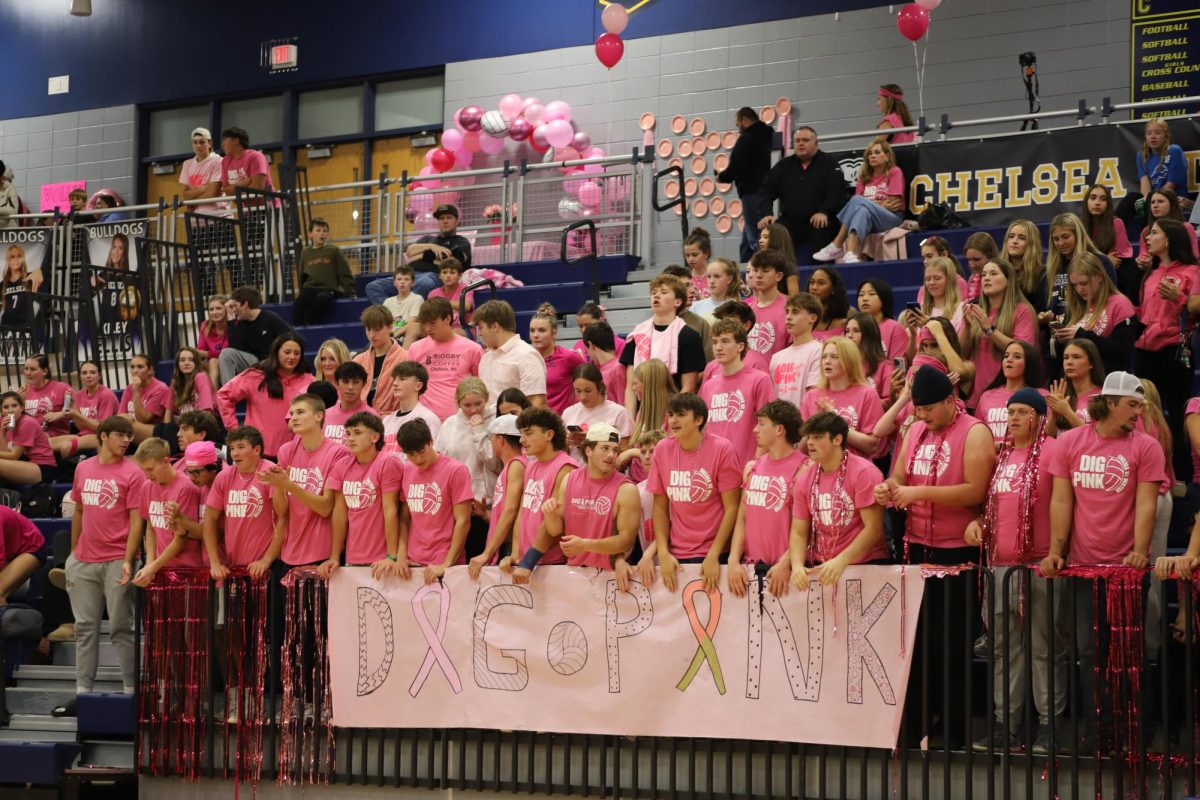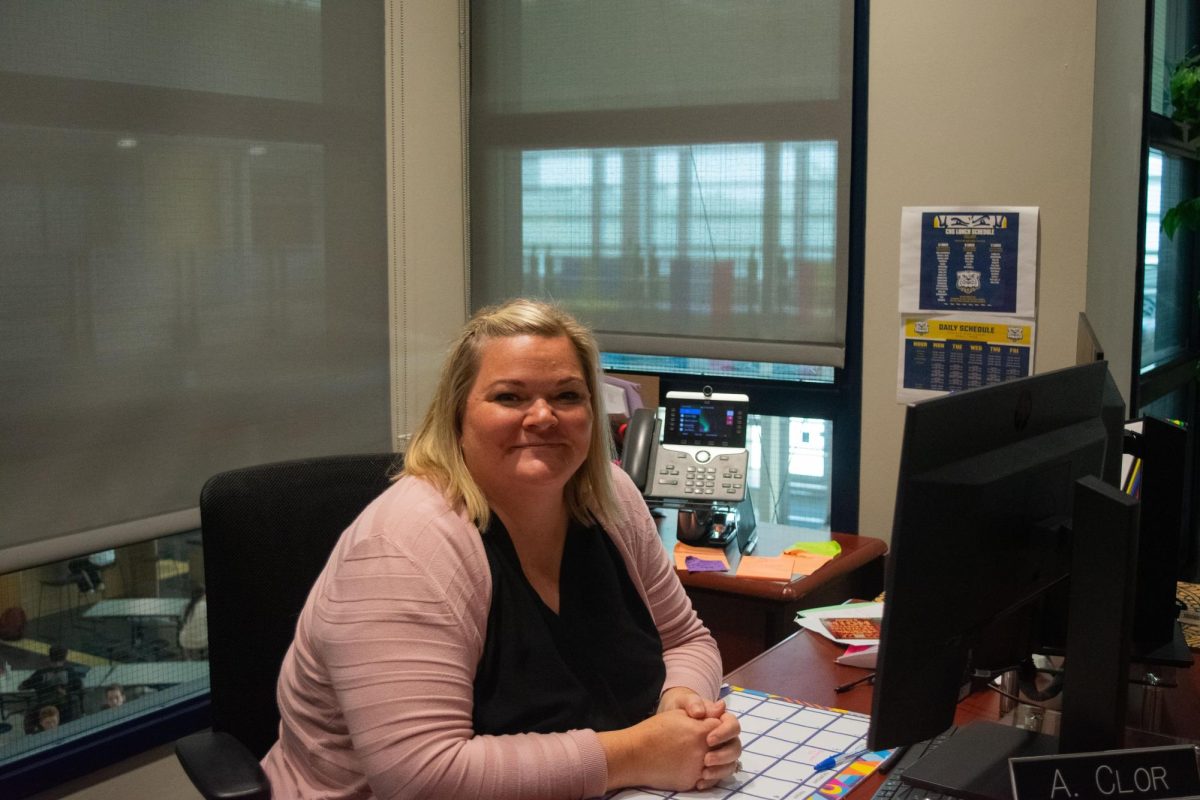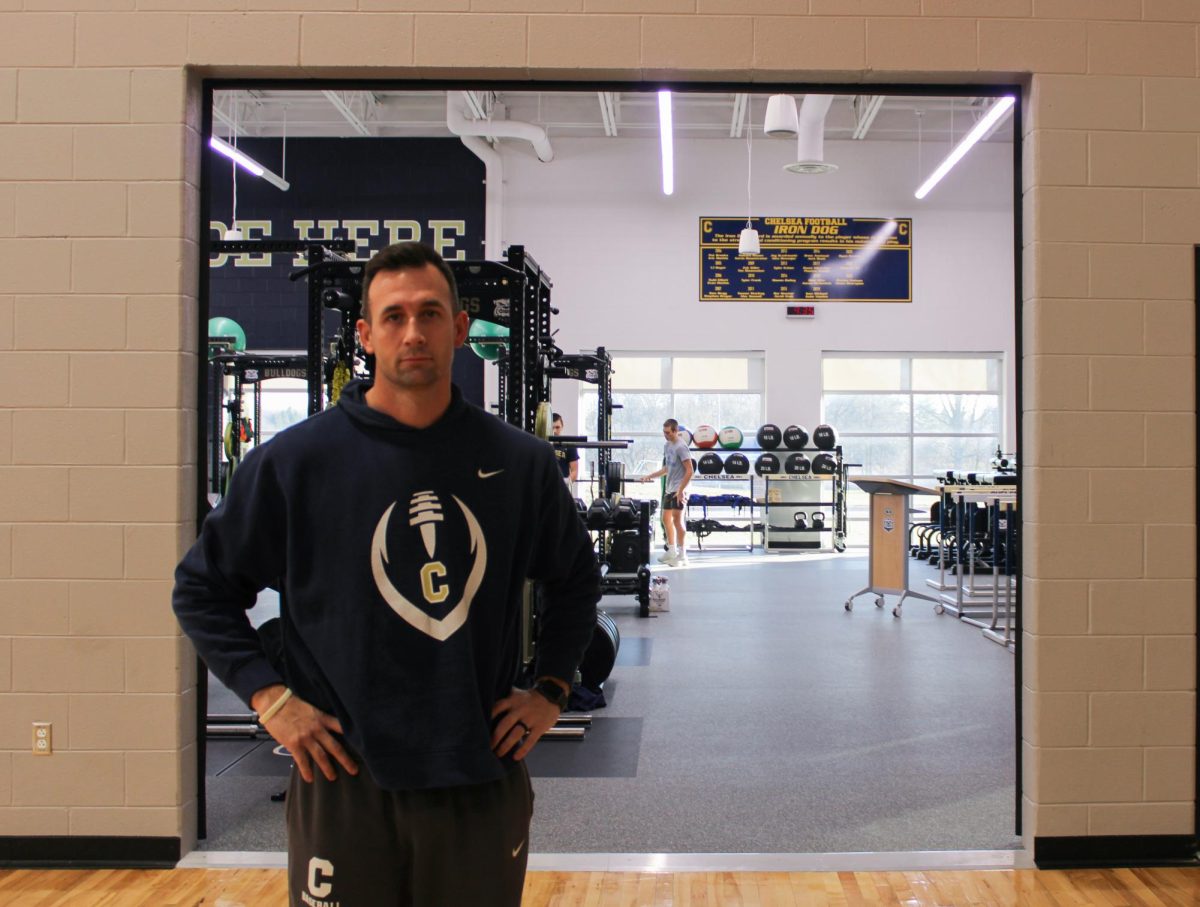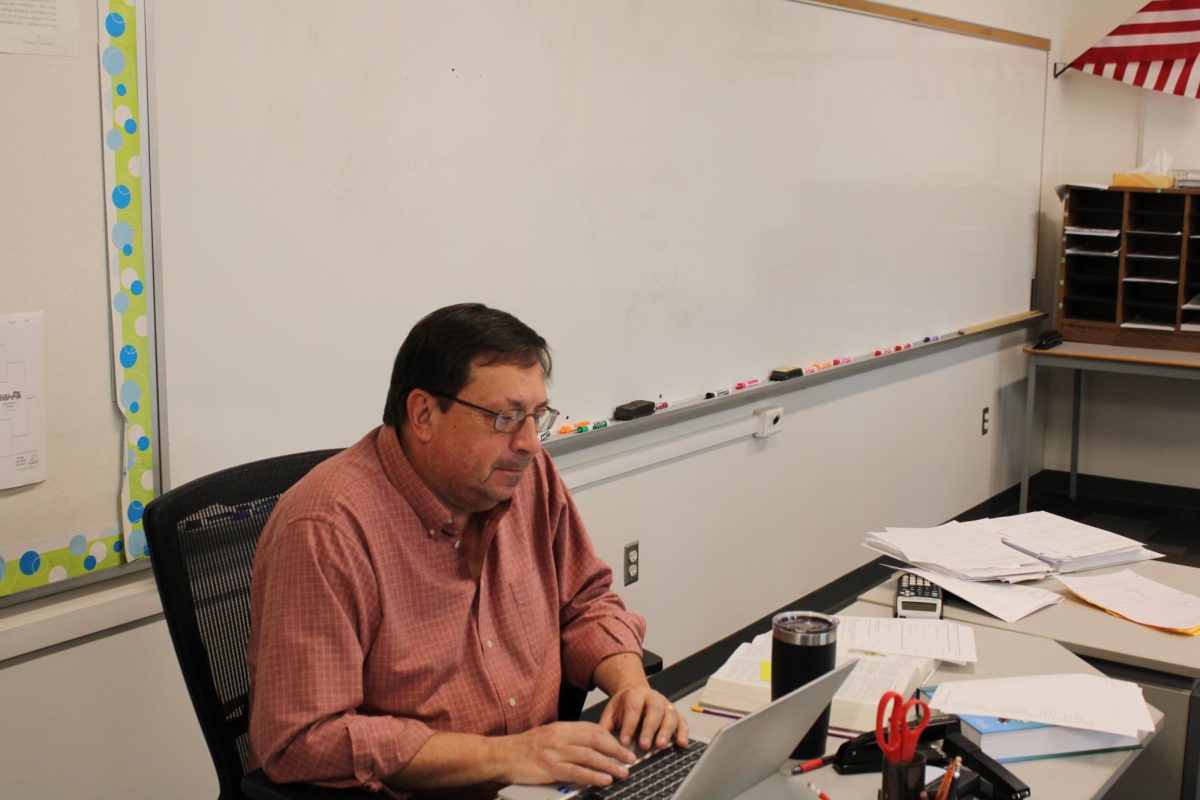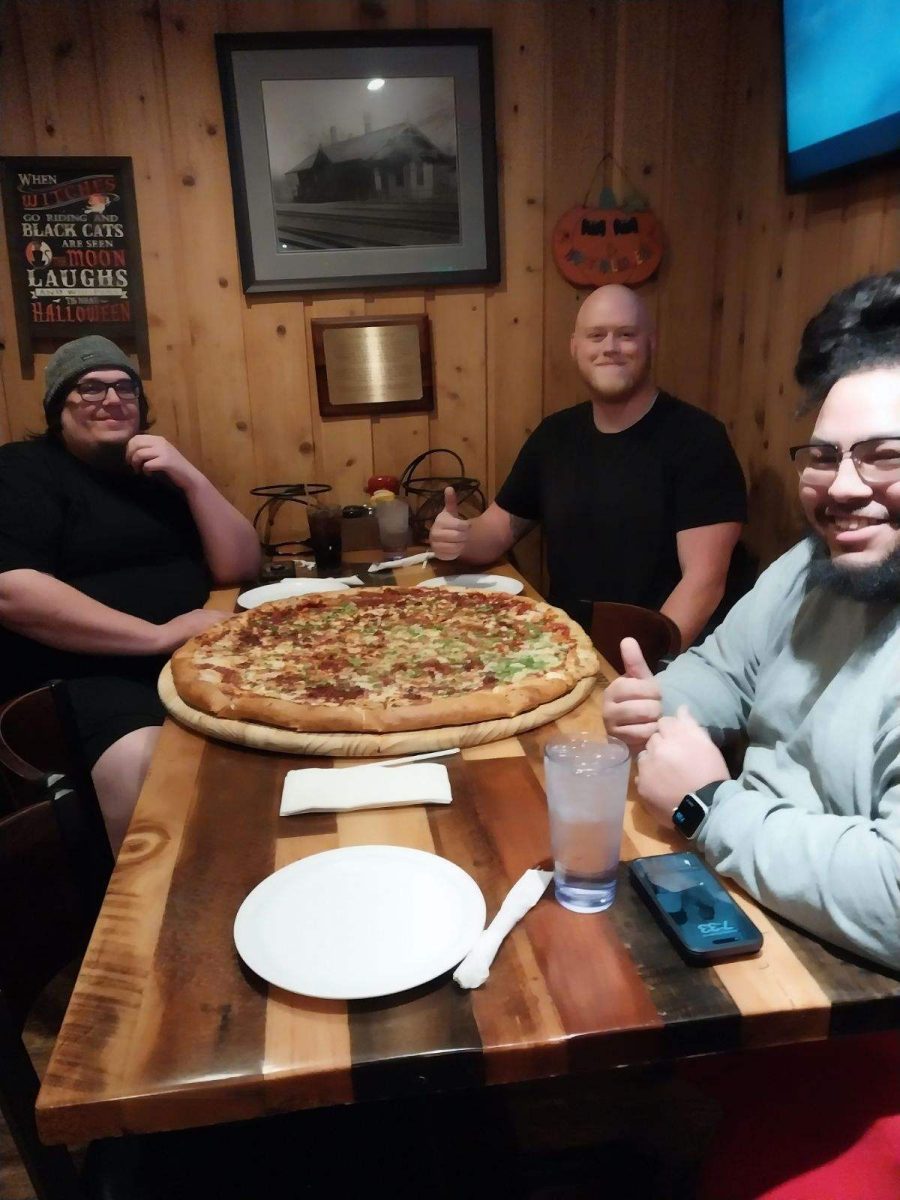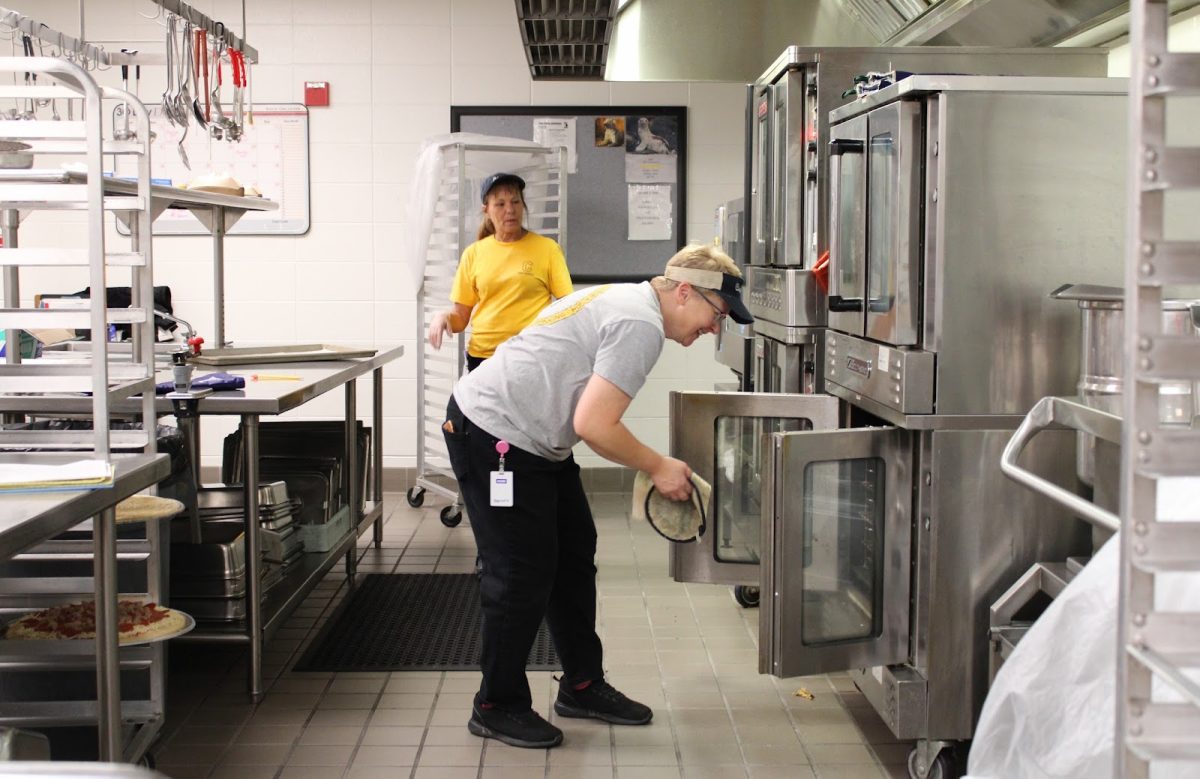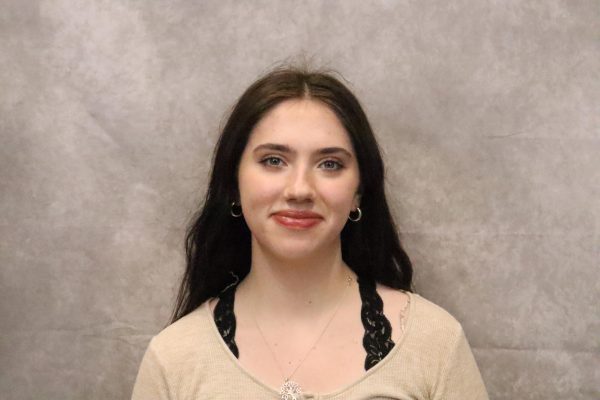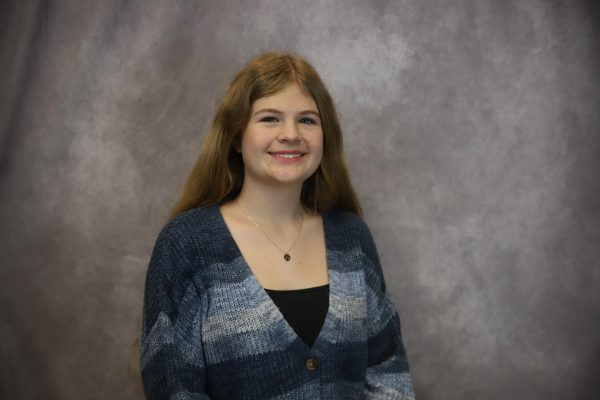Former Spanish teacher and the senior class’ AP literature and composition teacher, Shawn Sinacola, employs techniques and philosophies in her classroom that emphasize responsibility, compassion, and, above all, self-worth. Anyone who has had her as their teacher in their high school career is aware of one thing: her teaching style is entirely different from anything else in Chelsea, partially because of the interconnectedness between her and her devoted yoga practice.
Sinacola’s path to becoming a teacher began when she was in elementary school, and students at Chelsea know her, first and foremost, as a teacher. As she reflects on the influence of her training in yoga in her classroom, her passion for her students and her work shines through.
“I wanted to be a teacher because I just love learning, and I like creating learning environments,” Sinacola said. “It’s also that we’re saving kids’ lives all the time. From yoga, I’ve gotten this training to grant full circle, trauma-informed yoga training, and you just never know what kind of trauma your kids are living through. So it’s a super healing mentality.”
A lot of the lessons that Sinacola has employed in her classroom stem from the work she does in yoga, but it’s more than that. Her passion for learning yoga is for herself. She has been a yoga practitioner since early college, taking classes with her 80-year-old grandmother, but has since spent over 500 hours teaching yoga to earn her Yoga Teacher Training (YTT) certification last year. These yoga practices lay the foundation for her work, but primarily for her own emotional well-being.

“I do yoga and I go to my mat to heal, connect, and unite all the parts of my body,” Sinacola said. “It’s given me the time and the space to just connect the different aspects of my life and to be grounded; it’s like a magic carpet.”
The yoga practices Sinalcola has dedicated herself to, have made being in the here and now a much easier feat, and one she takes pride in.
“I have the equanimity and the calmness–I can control my pulse and my breathing, and it has allowed me to do so many things,” Sinacola said. “Because even right here, right now, I’m present.”
So where another teacher might draw the line between personal life and work life, Sinacola removes the barrier entirely. She shows deep emotion in her class and invites students to do the same, and she pulls the philosophy of yoga and the intellectuality of learning into one class, one body, and one experience.
“It’s such an illusion or misconception that there’s a separation among beings,” Sinacola said. “There’s an illusion that there’s separation between your body, your mind, your soul, your heart, all that. With yoga, you unite your body with your whole practice, and there’s no more of that separation.”
Connecting to the idea of self is incredibly important to Sinacola, especially because of the doors it opens up in a group setting.
“You find your most authentic self, aligning and connecting everything, and I think that’s really beautiful,” Sinacola said. “It happens every hour in a class because you’re all one being. You’re practicing alongside others, and it’s beautiful to connect with you and them. It dissolves the illusion of separation.”
So regardless of what Sinacola is teaching, there is always a deeper lesson to be learned. Whether students remember dropping from their seats to do push-ups any time ‘sorry’ is uttered, the snapping, clapping, and cheering-on of peers that emits from the room like a source of light, practicing saying no, or the emotionally connected and vulnerable conversations shared in a ‘living room’ of tables, what they learn is to internalize new ideas and to be unabashedly, entirely themselves.
“It’s about discovering your most authentic self, and it starts inside of you,” Sinacola said. “The lesson I want [my students to have] is that it’s not external, it’s not on the computer, and it’s not looking it up. It’s you going inside and finding yourself. Yoga is between you and you.”
Sinacola knows the stress her students can be under, both from the efforts of finding themselves and the external pressure they experience from their peers and teachers.
“That kind of work is really hard, especially when everybody around you is telling you, ‘Achieve, and do this, and go to college, or do all these things,’ and all this messaging is hitting you,” Sinacola said. “You’re a cog in the machine in the system of school, right? You’re always comparing, competing, or something else. So the most important thing I want to impart, really, is just that it’s in you.”



